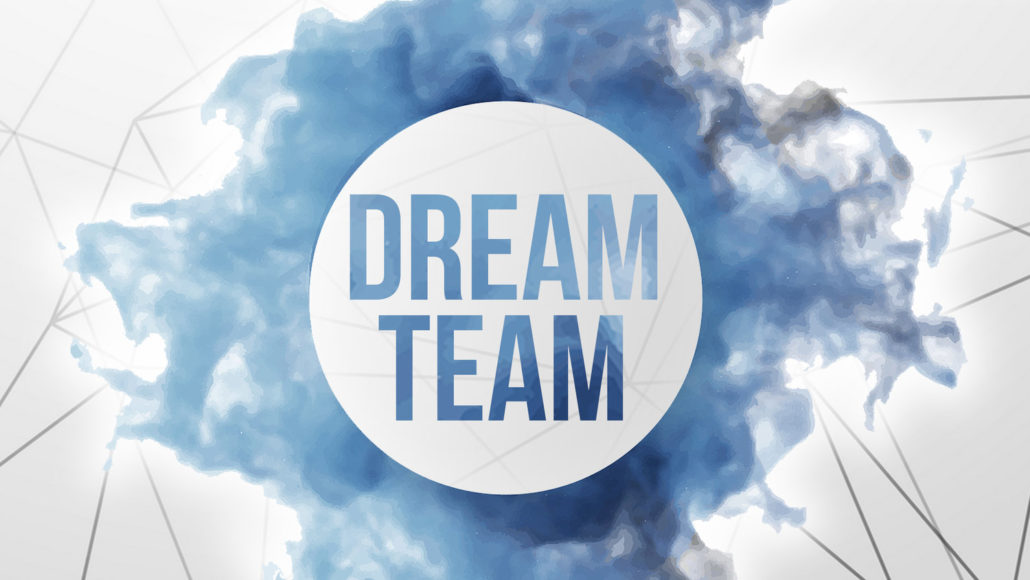A few weeks back in my “that’s how it works” blog, I shared a story of an event where forty different business owners, running different businesses in different industries, with different goals and dreams, from different cultures and places of origin, were all working together for one day on their 2019 plans. All these business owners were able to unite and strive together to create their future as a community.
We also shared what could be created when everyone is aligned in an organization. We shared six steps of what must be put in place to capture this type of synergy in any organization. For the next six weeks, we will cover each of these six steps in depth to clarify the processes to create this synergy.
Since communication is always at the beginning of any breakdown – We will start with step 1. Which is to always begin with Behavioral Assessments. There are many types of Behavioral Assessments. You have the Predictive Index, Myers – Briggs, as well as many others. DISC / Motivators are one of the primary assessments we utilize of which today we’ll discuss its importance and value.

Understand that there are four primary behaviors. D being Dominant, I being Influencing, S being Steady and C being Compliant. We are all usually dominant in two of the four. We first and most importantly must be familiar with our own behavioral assessment before we even begin to understand others.
All four of these behaviors are like a double edge sword as half serves us and half does not. If you don’t understand these behaviors and how they are affecting you and those around you, you are losing out on the art of true communication and effectiveness which is reducing your overall results.
Let’s take a closer look at these four. High D’s are most of the time your leaders. They are self-starters, go-getters, doer’s, they’re competitive, decisive and direct. They are all about results. These are all good traits, however, the other side of the high D is that they can be too direct for certain behaviors, they can become demanding, aggressive, egotistical, and abrasive. Although they get things done, they sometimes execute it with wreck-less abandon with no thoughts of how it’s affecting others as empathy is not a trait of theirs. To communicate with a High D – Get to the point, tell them only what they need to know, stay away from the friendly fluff as they don’t care. In addition, understand as when you need something done, give it to a High D!
High I’s are your relationship builders. They are charming, confident, convincing, enthusiastic, inspiring, persuasive, and are usually always optimistic. They are all about being liked. These are their positive traits. The other side of the high I is that they can become too chatty. Although they are great talkers, they are not very good listeners as they are sometimes too caught up with their own thoughts.

High I’s biggest downfall is the lack of attention to detail. They usually struggle with focus, organization, time management and saying no. To communicate with a High I – You have to first make sure they are actually listening, you may want them to write it down or repeat it back to you as so you are sure that they actually got it.
High S’s are your calm, reserved, friendly types. They are the complete opposite of your High D’s. However, this can also serve as a nice balance to the high D. They are good listeners, patient, relaxed, sincere, and understanding. They are good team players. The downside of the high S is that they can be non-emotional and because they don’t like confrontation, they will tend to hold things in. They don’t like going outside their comfort zone and can become very inflexible under stress. Be aware of when a high S finally let those emotions out, look out because they’ve been pent up and brewing for some time. To communicate with a High S – Be calm, be friendly, be clear and don’t be overly enthusiastic or direct.
High C’s are the analytical ones. They are all about dotting the i’s and crossing the t’s. High C’s are usually the CEO’s, CPA’s and accountants of the organization. They are the exact opposite of the High I as high I’s don’t even bring a pencil to the test. High C’s are compliant, precise, and accurate. They are fact finders and have very high standards. They are all about precision and getting it done right.
The downside of the high C is that because they are the perfectionist, that can create paralysis by analysis. They simply will get to bogged down in the details and fail to make a decision when a decision needs to be made. They’re in some ways similar to a high S as they are very unemotional and also hate going outside their comfort zone as fear is their highest emotion.
They can also become very inflexible as they believe their way is the only way. To communicate with a High C – Be prepared by knowing the facts as they will ask lots of questions and you better be ready to answer them with detail, otherwise, you will lose their respect very quickly.
Understand in an organization that each of these behaviors fit into a certain situation. Your High’s D’s are usually out in front leading the company. However, they need the balance of a high S behind them for stabilization. Your high I’s are your salespeople and relationship managers as they are the true people person. However, they need the high C’s behind them dotting the i’s and crossing the t’s. High S’s bring the calming think it through process to an organization that can be very beneficial. Your High C’s will be the financial glue in the background making sure everything is precise and accurate.
As you begin to understand your own behavior and the behavior of others. When you understand what the true intangibles and strengths, as well as the weaknesses and downfalls of both yourself and others. When you acquire the ability to know who you’re talking to and how to communicate with them properly. When you truly study, learn and understand these behaviors and are able to make the shifts in your own communication and behavior when necessary. Then and only then will you and your organization be able to create the synergy by understanding the value of true communication.
Let me add this final disclaimer as I have met many business leaders, owners, and managers who have both themselves and their team take assessments on prior occasions, only to not continually use and leverage that information. If you use any type of assessments only once, and do not either use or hire someone like myself to educate you how to continually leverage these valuable tools. Well, it then only becomes another line item on your balance sheet with no return.
In final, properly using and leveraging behavioral assessments in your organization is the first step in building your synergistic dream team.

